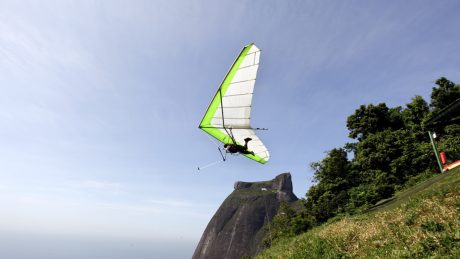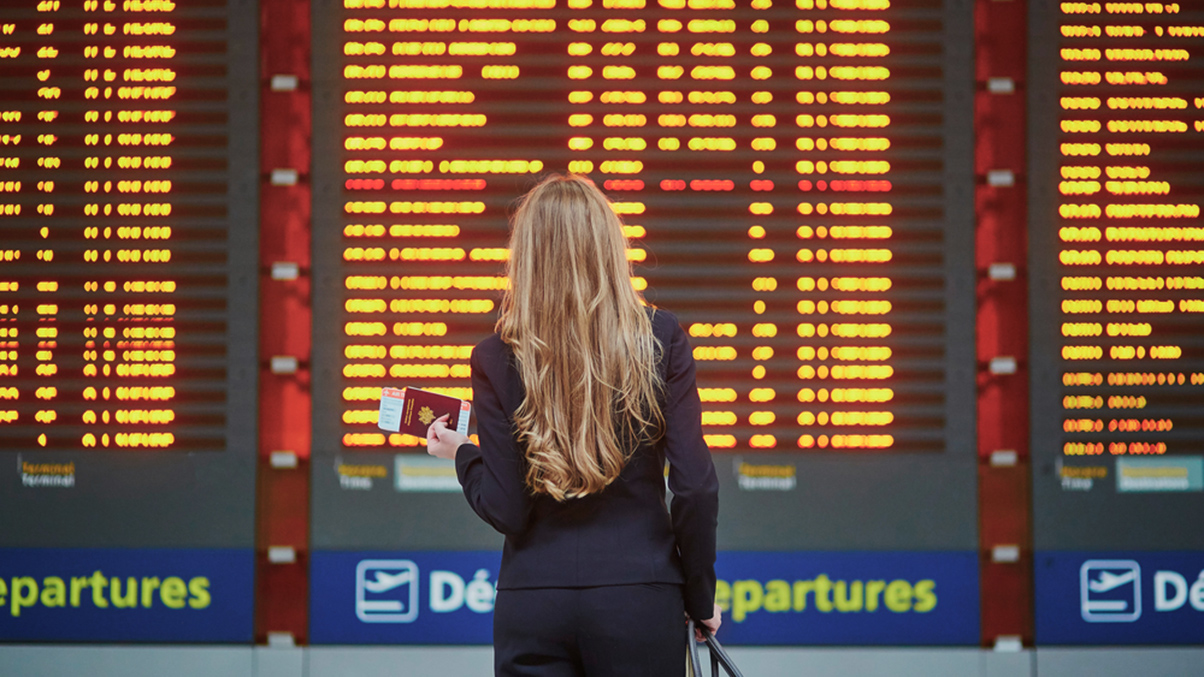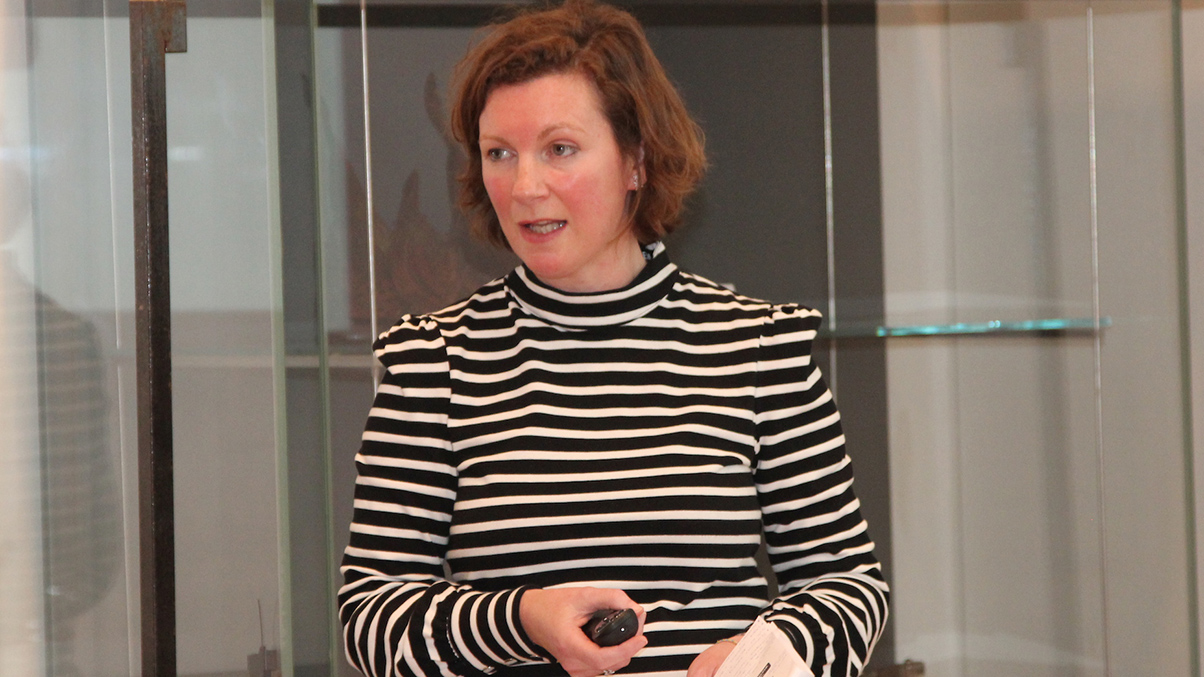Our Aviation team has recently represented the victims of hang gliding accidents, including a highly-contested claim for a client with life-changing injuries caused by a mid-air collision during a competition. In this article, Aviation partner Sarah Stewart and paralegal Dani Tselentakis give a brief history of glider sports and examine a couple of recent cases.
Hang gliding is a recreational activity in which a pilot utilises unpowered flying apparatus consisting of a rigid frame with a stretched fabric aerofoil over the top to form a wing. Hang gliders can also be motorised by using a specially designed harness with an engine attached (known as powered hang gliding).
The design of early hang gliders meant pilots were restricted to gliding down small hills, but functionality began to improve significantly during the 1970s which lead to pilots being able to fly for hours and over much longer distances. As a result of this and the increased availability of flexible-wing hang gliders, interest in hang gliding has soared in the UK since the 1980s. The number of people now engaged in the sport is at an all-time high.
Hang gliding is one of several ‘air sports’ that has grown over recent years, along with paragliding and sky diving. Paragliding differs from hang gliding as the structure is supple. In paragliding, the pilot sits in a harness suspended below the wing. Paragliders may also be motorised through the pilot wearing a motor propeller under the paraglider wing.
Safety issues
Due to the poor safety record of early hang gliding, the sport has traditionally been considered unsafe. However, advances in pilot training and glider construction have led to a much-improved safety record, and accident rates have decreased significantly. Early hang glider pilots learned their sport through trial and error with gliders which were sometimes home-built. Training programs have since been developed that emphasise flying within safe limits, as well as the self-discipline needed to stop flying when weather conditions are unfavourable.
Key hazards that arise include:
- Weather – the suitability of a flight can be directly affected by the weather. This means having to react to changing weather conditions or not flying at all if the weather conditions are not right.
- Equipment – issues can arise from failure to correctly assemble equipment or due to mechanical failure of the equipment itself.
- Other participants – flying close to other participants requires vigilance and care.
The case of RG – mid-air collision during a hang gliding competition, resolved through ADR
This case involved a collision between RG and a fellow competitor, the defendant, during a hang gliding competition in France.
The collision resulted in RG falling out of the sky, colliding with the face of a cliff edge and suffering a traumatic spinal injury, which caused tetraplegia.
The initial assertions from the defendant were that RG’s injuries were exacerbated by the failure of RG’s parachute to deploy effectively (implying that RG had failed to pack it correctly) and the downwash of the rescue helicopter. This, the defendant alleged, caused RG to be lifted in the air and thrown back against the rock face several times.
The cause of mid-air collisions can be particularly troublesome to investigate owing to limited evidence, with often the only available evidence being the recollection of the pilots involved. Whilst RG had little or no memory of what happened on that day due to the significant injuries he had sustained, the defendant claimed not to have seen RG until the wreckage of the aircraft came to rest. Fortunately, in this case, both individuals were wearing GPS transmitters and were equipped with video cameras on the frame of their hang gliders. This helped establish their flight tracks.
The core issue of liability revolved around which of the two pilots had reached the ‘house thermal’ first, and their turn direction as permitted under competition rules. The evidence as presented and supported by an expert demonstrated that RG would have been in sight of the defendant and was already on the ‘roundabout’. The defendant had wrongly cut inside RG’s track instead of tucking in behind or outside of him.
Responsibility for the collision remained firmly in dispute. Parallel to litigation, however, there was a willingness to explore what could be achieved via Alternative Dispute Resolution (ADR) and it was through this medium that the parties were able to resolve matters.
The funds he received following confidential negotiations have enabled RG to move forward with his life-changing injuries; He has been able to better adapt his house to meet his needs, to continue to renovate the second home which he had purchased before the accident, to drive his own car independently again and to pursue his passion for being airborne by learning to fly.
The case of SP – spinal injury sustained whilst coming into land at a hang gliding club
SP was involved in a paragliding accident at a hang gliding and paragliding club. The collision occurred as SP was coming in to land and another pilot who was preparing to launch lifted his wing. SP caught his foot on the wing and fell to the ground suffering significant injuries including an incomplete T12 spinal cord injury.
Court proceedings were commenced and liability for the accident was disputed. One of the arguments advanced was that SP had right of way pursuant to rules set out in the Air Navigation Order 2009 which clearly state that it is the responsibility of the launching pilot to avoid conflict with any landing pilot. However it was argued that even if an airborne pilot was confident that pilots on the ground had seen him, it was negligent to overfly pilots on the ground at a height where there was a risk of colliding with an inflated wing.
Additional issues which needed to be carefully considered and addressed included the liability of an unincorporated association and what a claim against the association would entail given that SP himself was a member.
Shortly before the final hearing, the parties were able to reach a favourable confidential settlement which has enabled SP to access further rehabilitation and to make necessary adaptations to his home to meet his day to day needs.
What law applies to gliding?
The law that applies in cases like these will depend on the facts and circumstances of each case. A good place to start is always the EU legislation governing Rules of the Air, however potential failures of equipment, and how any gliding ‘event’ was organised also needs to be considered.
You can find further information regarding our expertise, experience and team on our Aviation pages.
If you require assistance from our team, please contact us or alternatively request a call back from one of our lawyers by submitting this form.
Subscribe – In order to receive our news straight to your inbox, subscribe here. Our newsletters are sent no more than once a month.





